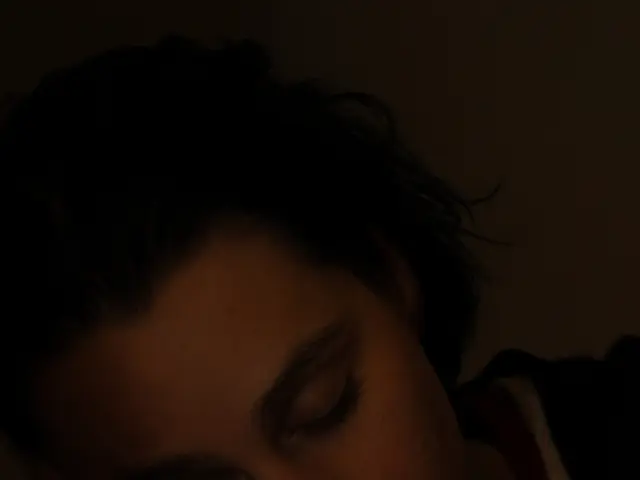Surgical removal of the uterus for endometrial cancer: Varieties, process, results
In the battle against endometrial cancer, several organizations offer financial assistance for patients in need, including CancerCare, Patient Advocate Foundation, HealthWell Foundation, Cancer Financial Assistance Coalition, Good Days, The Pink Fund, and The Samfund.
When it comes to treatment, doctors may use different types of hysterectomy for endometrial cancer, such as total hysterectomy, total hysterectomy with bilateral salpingo-oophorectomy, or radical hysterectomy. The choice of surgery depends on the cancer stage and the individual's health needs.
Recovery times can vary significantly, with minimally invasive procedures like laparoscopic or vaginal hysterectomy potentially resulting in a shorter recovery period. However, it's important to note that approximately one-third of people who undergo a hysterectomy may experience complications such as infection, wound healing problems, blood clots, excessive bleeding, ovary failure, injury to nearby organs and nerves, urinary incontinence, bowel damage, complications due to anesthesia, and infertility.
The cost of a hysterectomy can vary greatly depending on the type of surgery, the surgeon, and the person's insurance coverage. To help in the diagnosis, peritoneal washing cytology and, in some cases, an omentectomy may be performed.
Besides surgery, common additional therapies recommended for endometrial cancer patients include radiation therapy, chemotherapy, hormone therapy, immunotherapy, targeted therapy, and participation in clinical trials. Complementary integrative therapies such as acupuncture, massage, and natural supplements may also be used to manage symptoms and improve quality of life, but these should be discussed with healthcare providers to avoid conflicts with standard care.
The overall 5-year survival rate for endometrial cancer patients after hysterectomy is promising, according to a 2020 randomized clinical trial in the International Journal of Gynecological Cancer. A total hysterectomy bilateral salpingo-oophorectomy (TH/BSO) is the primary treatment for endometrial cancer.
People with endometrial cancer should have a physical exam every 3-6 months for the first 2-3 years after treatment and every 6-12 months after that. Those who had not yet experienced menopause before surgery may experience symptoms of menopause after TH/BSO.
It's crucial to follow doctors' advice regarding medication before a hysterectomy, and endometrial cancer can return after a hysterectomy, most likely within the first few years after treatment. Regular follow-ups and imaging tests are essential.
Lastly, people preparing for a hysterectomy may be asked to fast for at least 6 hours before the surgery. Medicare covers endometrial cancer preventive screenings, diagnostic testing, and inpatient and outpatient care.
- Ovarian cancer can be a subsequent health concern for women following a hysterectomy due to potential ovary failure.
- Seeking assistance from organizations like CancerCare, HealthWell Foundation, and The Pink Fund can provide financial relief for women dealing with medical-conditions like endometrial cancer.
- In addition to surgery, women might undergo therapies and treatments such as radiation therapy, chemotherapy, hormone therapy, immunotherapy, and targeted therapy for endometrial cancer.
- Complementary health and wellness practices, including acupuncture and massage, could be discussed with healthcare providers to manage symptoms and improve mental health for endometrial cancer patients.
- Menopause symptoms may arise for women who had not experienced menopause before undergoing a total hysterectomy bilateral salpingo-oophorectomy (TH/BSO).
- Breast cancer is a different medical condition, but it's important to note that a hysterectomy's cost varies, depending on factors like surgery type, surgeon, and insurance coverage, while Medicare covers endometrial cancer screenings, diagnostic testing, and care.




